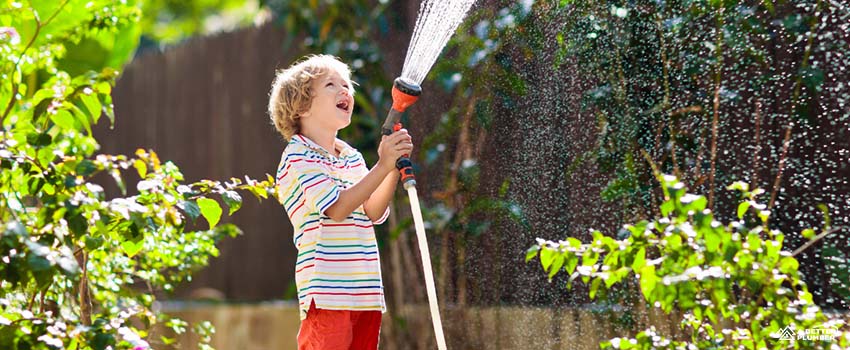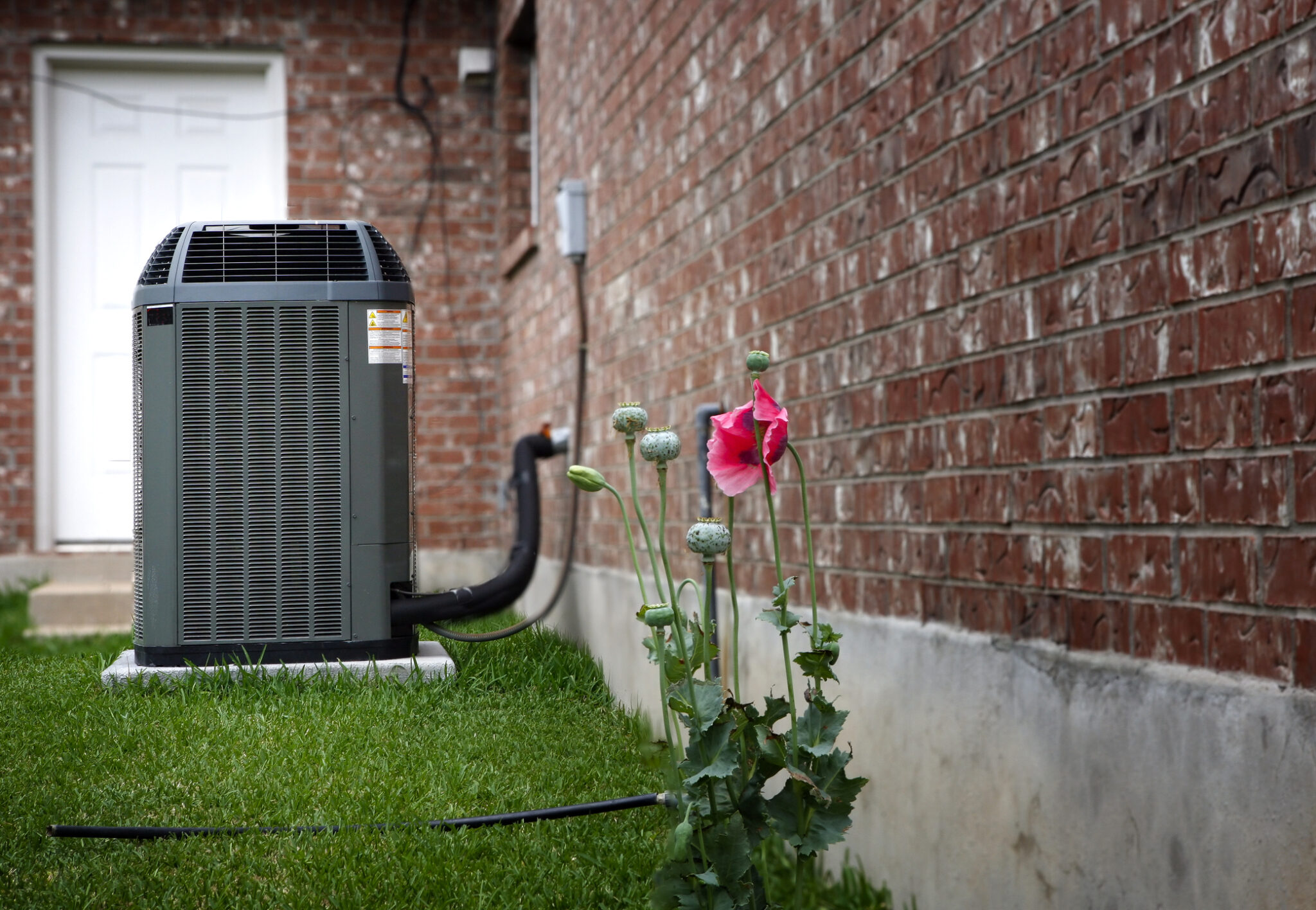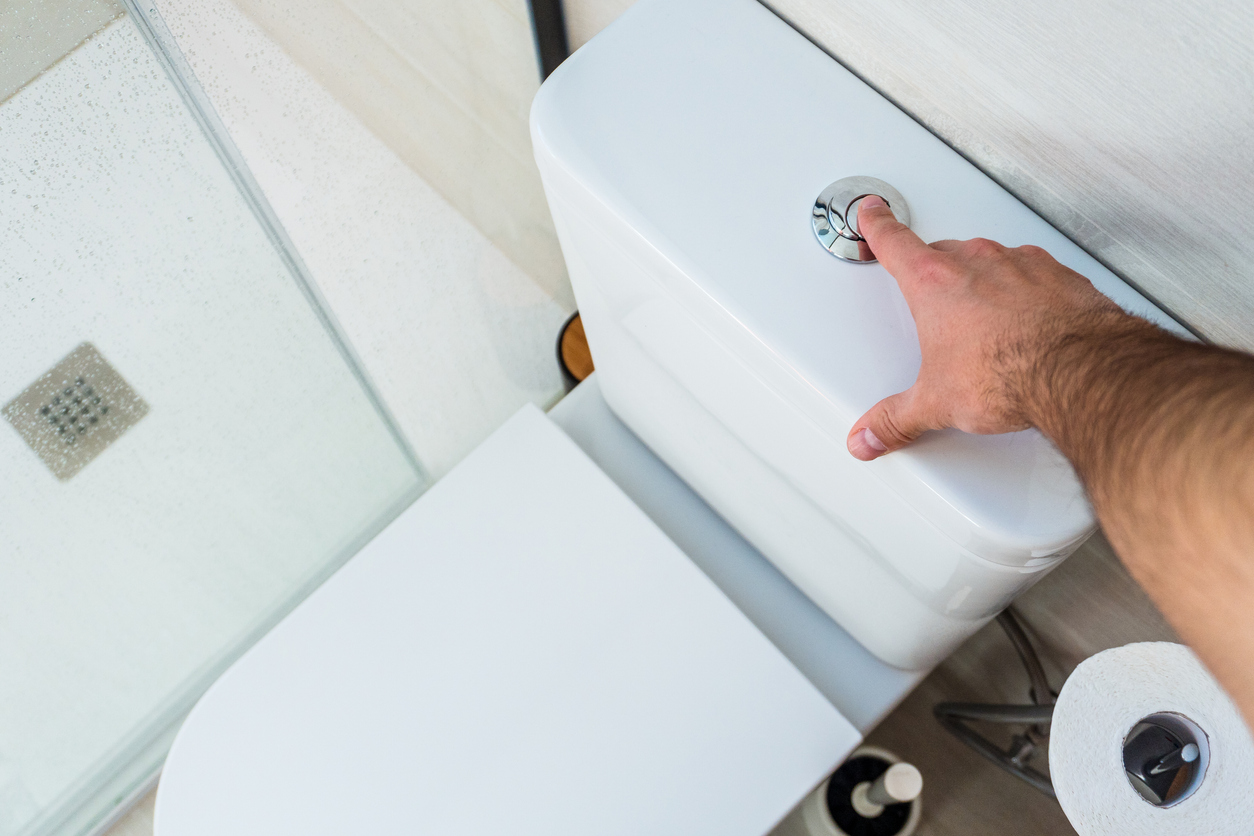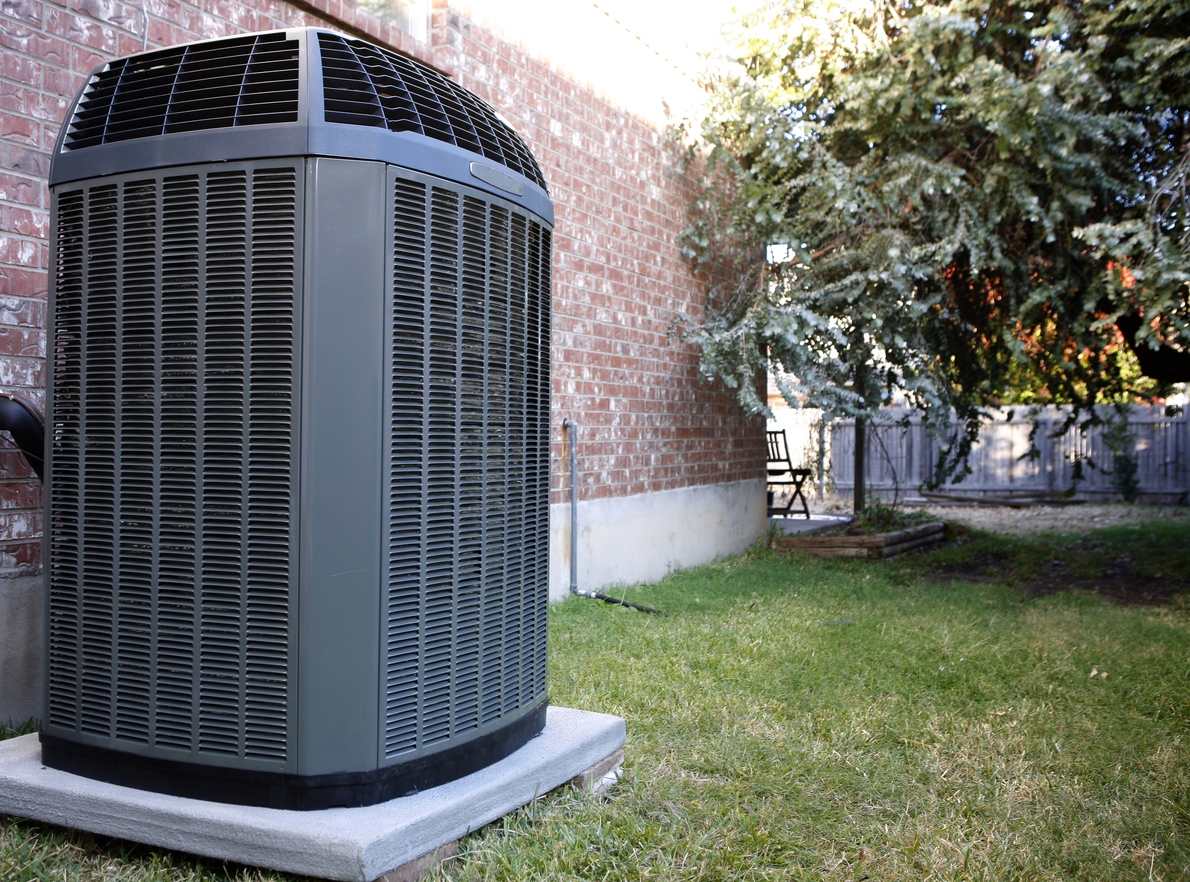Water Hose Damage Types and Their Causes
Properly maintaining your garden hoses will not be the first thing you think of when it comes to plumbing problems. It’s unlikely to be at the top of your outdoor maintenance list. Yet, proper hose protection can save you money in the long term as it helps you avoid various plumbing problems.
Additionally, garden hoses are part of your overall outdoor plumbing. If they are working fine, it indicates that you have an efficient plumbing system. If not, you’re not just wasting precious water, you’re also probably encountering several issues in your garden, including puddles of water in your yard that can be annoying and even dangerous.
Causes of Water Hose Damage
A working hose is essential if you want to maintain your garden and lawn throughout the year. Unfortunately, hoses are often left carelessly on the patio, curb, driveway, or in the middle of the yard. This can expose them to various hose damage types.
Below are some of the reasons your water hose can end up damaged.
1. Abrasion
Abrasion, one of the most common hose damage types, can occur when hoses are pushed and dragged against coarse surfaces such as concrete. When this happens, the outer layer of the hose gets thinner until the thinner layer underneath gets exposed, resulting in a leak. Protect the hose by using a nylon or plastic guard to prevent abrasion.
2. Exposure
A common cause of damaged hoses is exposure to the elements. If your hose is regularly left out under the sun, rain, dust, snow, and other harsh conditions, the material the hose is made of could weaken and eventually break.
Fixing a hose, in this case, can be difficult, so it’s best just to take care of your hose. Try wrapping the hose in a plastic bag or keep it inside the garage after each use. Ensuring that it is kept in a safe and covered place after use will lengthen the lifespan of your hose.
3. Excessive Bending
Kinking or crushing a hose in order to make it bend is a common practice. Doing this can be risky, though, as the hose could be bent beyond its minimum radial limit. A possible solution to this is to use a bend restrictor, a six-inch rubber or plastic sleeve that resists bending.
4. Misuse
Another common cause of hose damage is when it (including its clamp or fitting) is used for something it’s not designed for. Depending on the harshness of the task it is used for, the possible damage can be minor, or it can render the broken hose totally useless, and you will have to replace it.
5. Tube Erosion
Considered among the common hose damage types, tube erosion can happen when you fill the hose with concentrated high-velocity fluids that contain unknown particles. The inner tube could slowly erode until it springs a leak. Prevent tube erosion by ensuring that the hose size can handle a fluid’s concentration and velocity.
6. Excessive Pressure
An intense burst of water that passes through the hose can be damaging. A tear could occur around the bends, but temporarily fixing a hose is possible.
7. Old Age
Hoses have flexible parts that will suffer from wear and tear over time. Old hoses can become discolored, stiffened, or burst even under low pressures. Depending on its composition, the shelf life of a standard hose can range from 1- 20 years.
8. Poor Workmanship
Hoses and their fittings are made from a mixture of different materials with complicated manufacturing methods. Human error, faulty machinery, or substandard product quality can lead to defects or deviations that exceed allowable tolerances. Poor coupling techniques and using incompatible hoses, clamps, and other materials can also produce low-quality hoses that can easily be damaged after a few uses.
9. Hose Twisting
Hose twisting often happens during installation. Twisting the hose, particularly the tube, instead of simply bending it will lead to a shorter hose life expectancy. A 7% twist in installing a hose for a permanent application can decrease hose life by up to 90%.
10. Fluid Incompatibility
Garden hoses are usually compatible with water. The problem begins when other fluids are used. Fluid incompatibility leads to hose disintegration from the inside, eventually resulting in leakage and wasted water. If the fluid that passes through it has strong chemical content, it can cause discoloration, sponginess, swelling, and leaks in the long run.
11. Defective Hose
Common hose problems include tube and cover separation, blowouts, and pin holes. These could already exist even before you bought the hose. While most of these defects can be discovered within the first few hours of use, they can also remain hidden for days or weeks. Check your hose each time you use them to see if there are any signs of early damage.
12. Flexibility Issues
Inspect the hose for flexibility, especially if it’s shorter than usual. A short hose can have problems contracting or expanding when exposed to temperature changes or extreme pressures.
Key Takeaway
Garden lovers will find the hose a good friend, although they need to choose well, as not all hoses are the same. Many are prone to damage, either because the incorrect materials were used or the hose was produced haphazardly. When either of the two happens, a leak can occur, and you’ll obviously need to repair the water hose.
Caring for your hose is also crucial if you want to make them last. It means avoiding the things that can cause them to become useless, such as excessive bending, and using them for tasks other than gardening. Meanwhile, if your hose has become damaged and needs to be replaced, do so immediately. Otherwise, further damage can occur, especially leakage, which can lead to plumbing problems that a professional plumber has to resolve.
Trying to find out how to fix a leaking hose? Let Absolute Electrical Heating and Air help you.
Problems in your outdoor plumbing can lead to leaks and soggy lawns. These problems aren’t just eye sores but could pose safety risks as well. Let Absolute Electrical Heating and Air help you turn things around.
Contact our plumber in Colorado Springs so a visit to your garden can be scheduled as soon as possible. Rest assured that your plumbing problem will be resolved to your satisfaction. Call us now.
CONTACT US
Request Service


Save Every Year with an Absolute Advantage Membership
Expert Annual System Safety Inspections & More
- Priority service
- Waived dispatch fees
- Yearly furnace, A/C, & electrical system inspections
- 10% discount on repairs and additional diagnostic services
- Up to $500 off HVAC & electrical panel replacements








